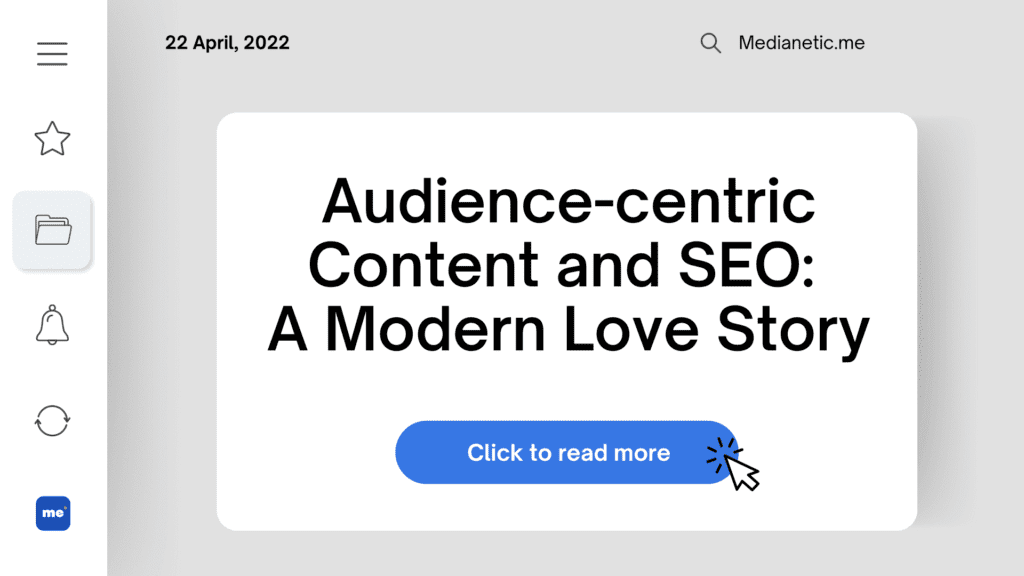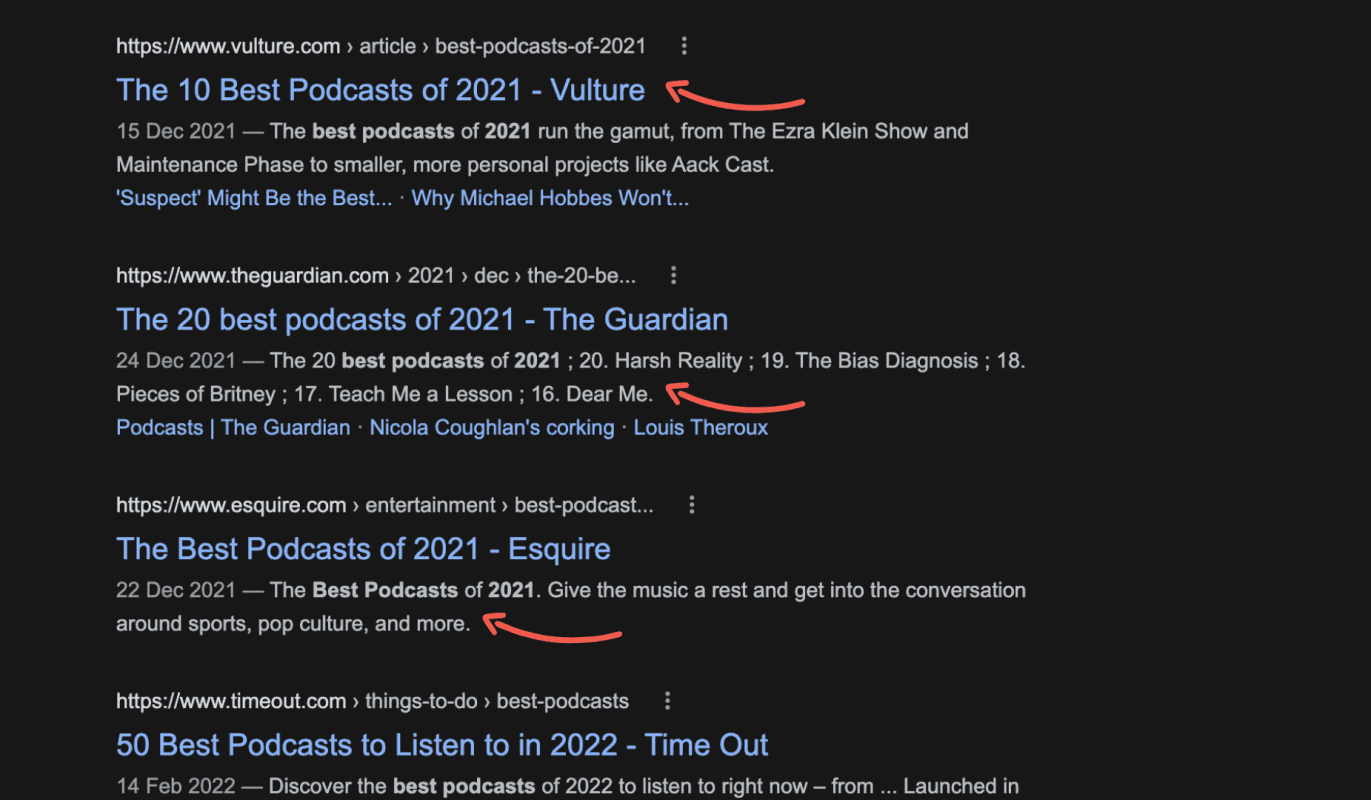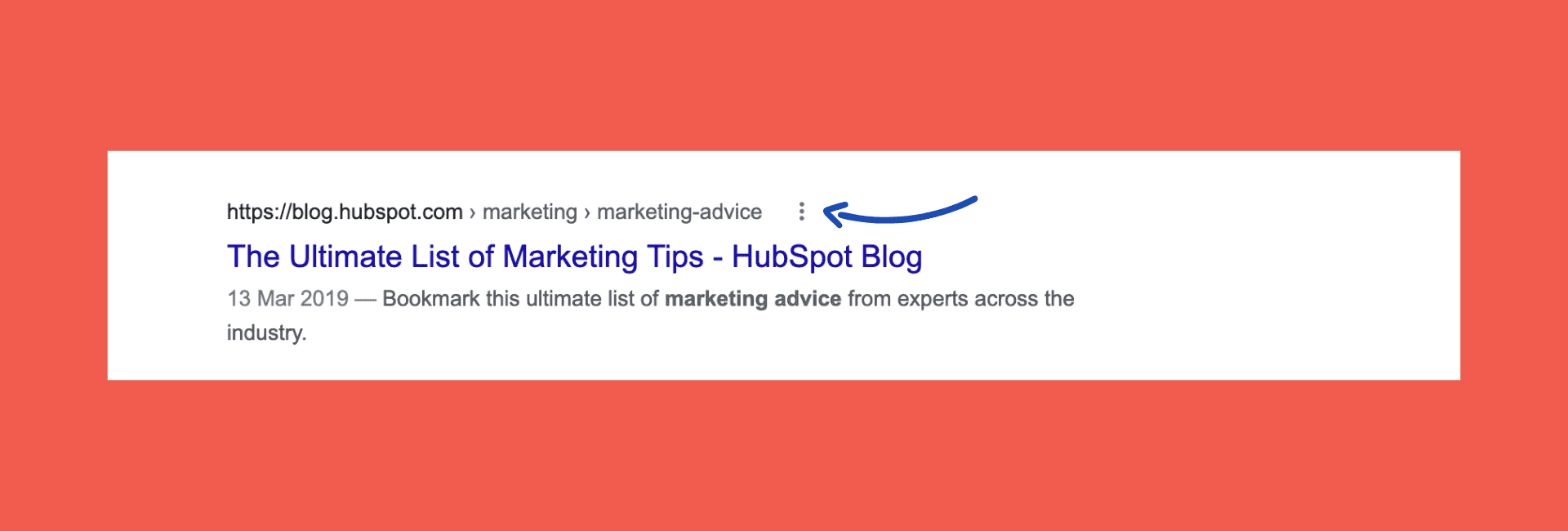

What’s the relationship between content and SEO?
Is it truly a match made in heaven as my heading suggests?
Well, if you’re reading this because you want to know how to boost your organic search visibility, you need to consistently create content with your audience and SEO in mind.
At their best, content and SEO can drive your website to the top of the search engine results pages (SERPs). On the other hand, when they’re at their worst, Google might blacklist your site which is hard to recover from.
That’s why it’s important to understand how to bring the best out of your website and optimized content by first understanding why content is important for SEO. Later, we’ll dive into how you can create optimized content favored by search engines and search users.
First things first, let’s look at content. Though there are many definitions used by experts in the industry, one definition explains it simply and clearly.
At its core, the intent of most ‘quality’ content is to provide value and use to its audience.
Search engines deliver content with the aim to help search users find the answers they’re looking for. Whether that’s a cooking recipe, or a guide on changing a tyre, Google’s algorithm is designed to deliver the best content to their users.
How it works is that it organizes content based on their order of usefulness and relevance to the user performing the search. This is where SEO comes into play.
In their SEO starter guide, Google recommends some of these tips:
In our other blog, we shared 8 effective SEO tips for the Google algorithm.
You need to make sure your content has value to offer users and search engines, only then will you be able to maximize the potential of your content’s SEO.
Secondly, having optimized content will help search engines rank you well. When you’re optimizing content, it typically involves a two-prong approach. The first is centered on the content and the latter on the technical elements for SEO. What that means is the content you’re creating is for the audience and follows the recommendations by Google. Whilst the other involves keywords, meta titles, meta descriptions, and URLs.
That brings us to the next section on how do we create optimized content?
We suggest following these few steps when creating optimized content.
When it comes to content creation, your main goal should always be to create audience-centric content, understanding what your target audience wants and meeting their needs. To do this, it’s best to conduct keyword research before determining your choice of topics.
Think about the words that a user might search for to find a piece of your content. You can also consider these things when choosing your keywords and topic:
Next thing you need to do is develop your content outline and format for easy readability. That’s because as a collective, all of us have shortened attention spans nowadays! There are studies showing that even a goldfish has a longer attention span than a human.
Best way to start is by breaking up your text into more digestible chunks. You can also utilize headers, bulleted lists, and white space around your page to encourage readers onward.
Remember that your content must be easy to read and digest for readers to stay engaged and keep bounce rates low. Another surefire way to keep viewers engaged is to incorporate media into your content, whether that’s videos, photos, infographics or diagrams! These various forms of visual content are highly effective, highly stimulating, and highly engaging ways to educate your viewers too.
As you begin to write your content, it’s often easy to get carried away with ideas to expand your keyword list to give your piece more ‘oomph’! But oftentimes, simplicity is the best. Staying focused on what you’ve chosen helps you stay hyper-relevant and on track to create the most useful and relevant content for your audience.
So keep in mind what the importance of your topic is and the chosen target keyword for your audience.

If you look at credible sites, you’ll notice that they often cite other resources and links to external sites. To Google, credibility is another important SEO factor. By linking to relevant, trustworthy, and authoritative websites, it can help ensure that search engines see your content as credible.
Internal links help increase the time spent on your site, in turn, does significantly improve your SERPs ranking too. Make sure that the links you’re including are relevant to the topics you’re referring to in your content!
Apart from ensuring that your content is optimized, let’s move onto the other part of content optimization.
It’s the clickable headline users see at the top of each search result.
One of the first things search users see after performing a search is the title tag. The title tag is the clickable headline users see at the top of each search result.

Title tags are important for a few reasons.
You want to make sure that you:
The meta description is the small snippet of text that appears under the title tag and URL.
Similar to meta title tags, meta descriptions give context to the search user on your content before choosing to click-through to your page. You can think of it as the teaser of your content whereby it’s the deciding factor whether the reader will continue to browse your content or scroll to something else on the search results page.
You want to make sure that you:
As we mentioned in our previous SEO tips blog, your URL structure is another component of SEO that plays into your rankings. Readability across your content is important, including your URLs. Imagine how search users would feel if they saw long and cryptic URLs. If I were them, I’d definitely be deterred.
For example, while title tags are optimised for SEO and click rates, the URL doesn’t have to include all the words. The best practice for a clean and readable URL structure is to keep it short and focus the keywords at the front. Here’s an example from a Hubspot blog URL.

As you can see, content is essential for effective SEO. Ensuring that you have optimized your content will drastically improve your visibility. Without visibility and exposure, your content is just another article floating on the web. Incorporate these steps into your content and you’ll begin to see the difference in creating optimized content.
If you’re looking to grow your brand visibility and exposure, we’d love to partner with you. Write to us at hello@medianetic.me, or drop us a message via our chatbot! We look forward to working alongside you.

Medianetic Sdn Bhd
200301016995 (619415-K)
No. 59, 2nd Floor, Block E, Zenith Corporate Park, Jalan SS7/26 Kelana Jaya, 47301 Petaling Jaya, Selangor
hello@medianetic.me
+603 7960 3088 (Office)
Medianetic Sdn Bhd © 2023
Made by Medianetic